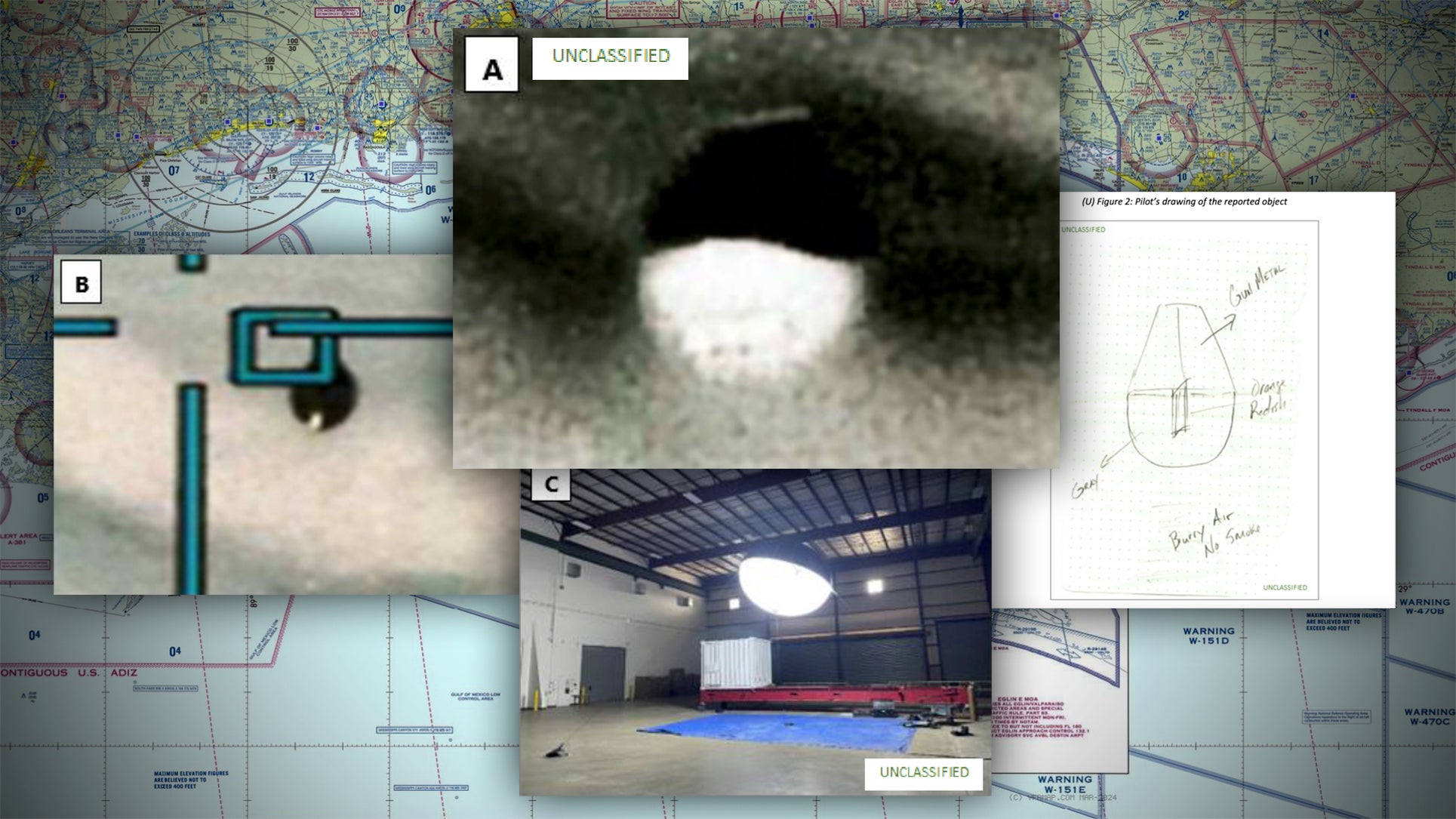
Theoretical physicist Chiara Marletto: ‘The universal constructor could revolutionise civilisation’
The scientist on why studying elementary particles is only one way of explaining phenomena, how the 3D printer could change the world, and her optimism about women in science
Chiara Marletto is a research fellow at Wolfson College, University of Oxford. Her research is in theoretical physics – especially quantum computation, thermodynamics and information theory. Her broader interests include theoretical biology, epistemology and Italian literature. The Science of Can and Can’t: A Physicist’s Journey Through the Land of Counterfactuals attempts to forward a new foundational basis for physics. It is her first non-academic book.
You argue for a radically different approach to physics, which you call the science of can and can’t. What does that mean? It’s a new mode of explanation. Since Newton, traditional physics has been using laws of motion, describing how objects move in space and time – what happens to an apple if you set it in motion in this or that way. With one exception: thermodynamics. The laws of thermodynamics prescribe the impossibility of perpetual motion; by doing so, they put powerful constraints on all laws of motion – those known and those yet to be known. Constructor theory follows the same logic, but it extends to a much broader context. We express all fundamental laws as constraints about what transformations are possible and impossible. This apparently simple switch is very powerful. For example, it can capture entities that traditional laws of motion cannot handle exactly: information, the physics of life, and even the mind.
For much of the past century a debate has raged in physics about how to reconcile quantum theory and general relativity. Is your book a step towards an answer to that question? The science of can and can’t is at a deeper level than general relativity and quantum theory. It was proposed by quantum computing pioneer David Deutsch to expand on the quantum theory of computation. Like the latter, it consists of deeper physical principles – guidelines for consistently putting together different laws of motion, such as quantum theory and general relativity, while still preserving their respective core features. So it provides key new tools to help with that question. And that’s good. It’s like with Covid: you want to try all possible ways to solve the problem.




















